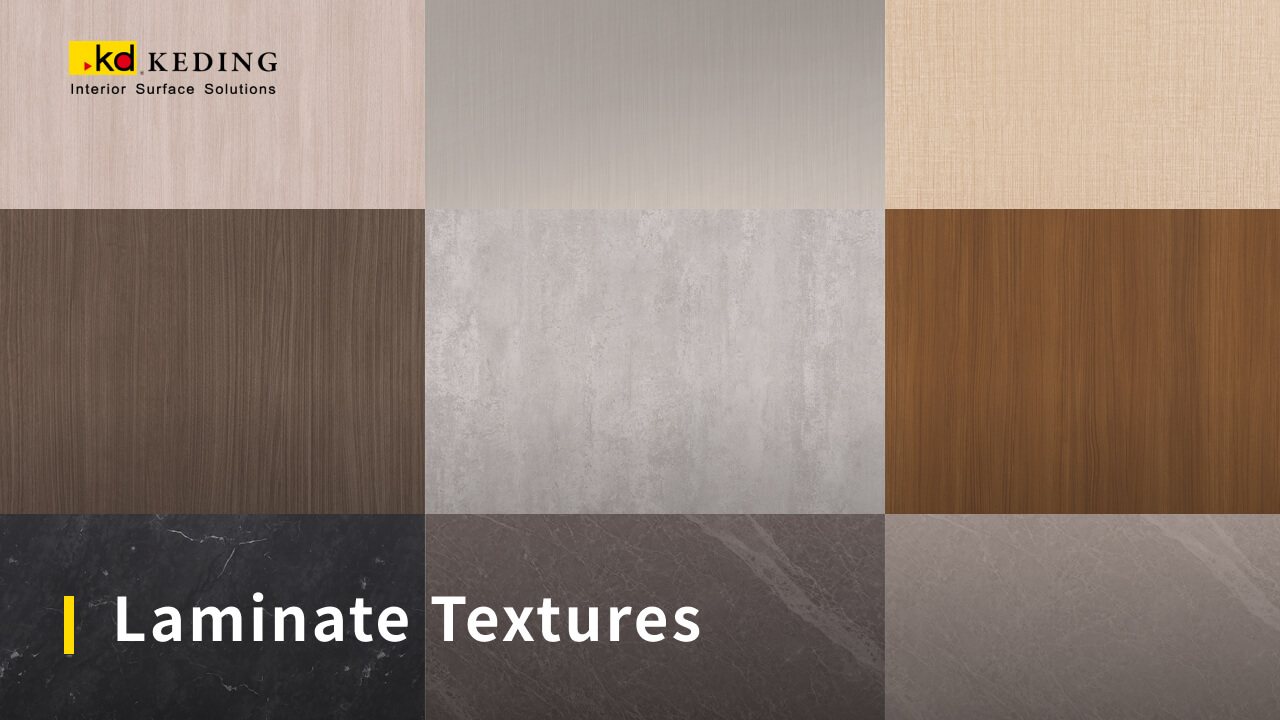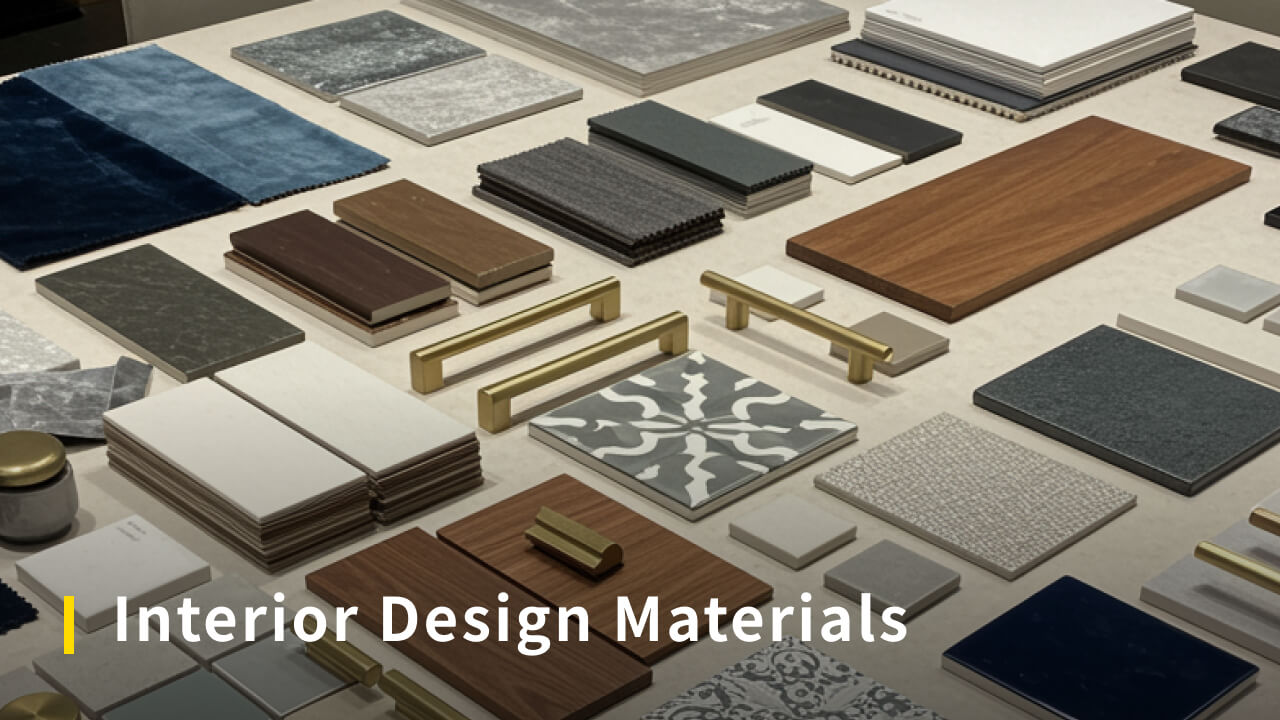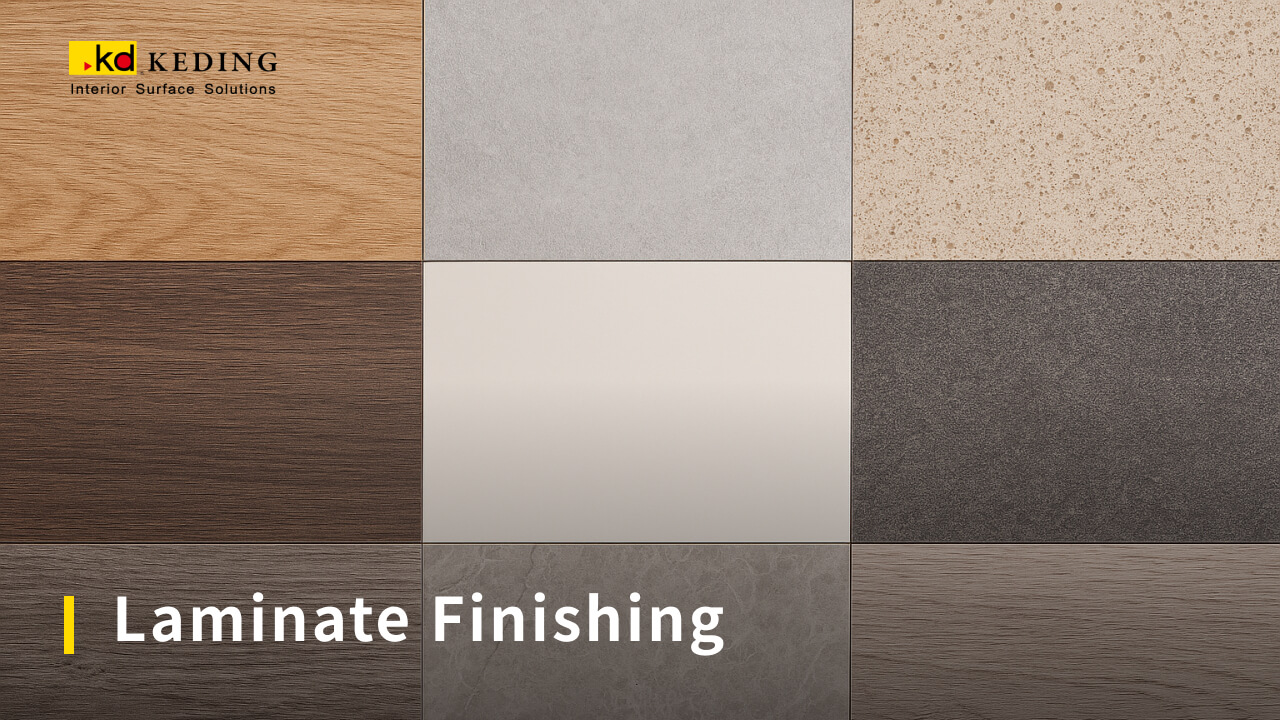Finally purchased your own house after working hard for a long while, and you cannot wait to decorate your place the way you desire. Since this house might be the home where you will spend half of your life living in, the interior design of your home might become one of the largest purchasing decisions you will ever make. Interior design could be an exact new realm for first-time house buyers, and it is not uncommon to run into confusing problems. However, the interior design process can be simply divided into three main steps. The steps include planning, contracting, and constructing. Every step includes details that require extra attention to be paid. In the following, we will introduce the basic concepts of each step.
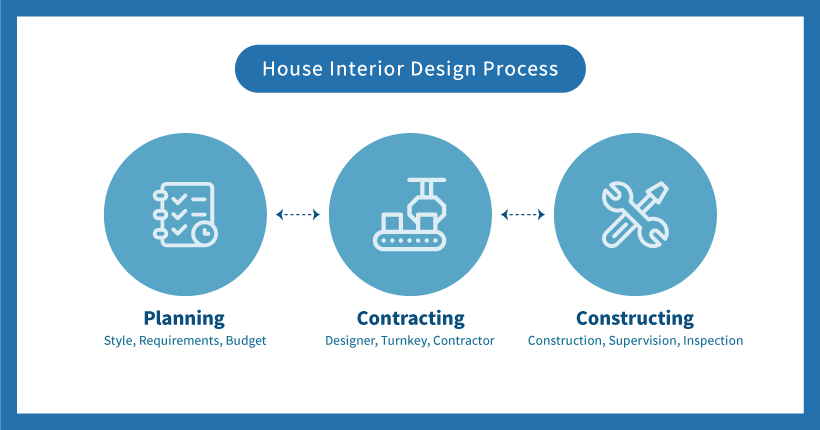
Thing No.1: Determine your needs and budget before designing.
What interior style are you looking for?
When it comes to interior design, most people start from the stage of having no clue. We recommend watching interior design related programs or forums, while planning and discussing with your family members. Selecting the interior style could be a good way to start. Common interior styles include minimalistic, contemporary, industrial, Nordic, mix and match, and country style. Picture these styles in your own place, and imagine if it is your cup of tea. The more examples and source materials you collect, the more creative you can get!
Pro Tip: If you are planning to work with an interior designer, the best way of communicating is to use photos as reference, which could easily get everybody on the same page.
Minimalist Design
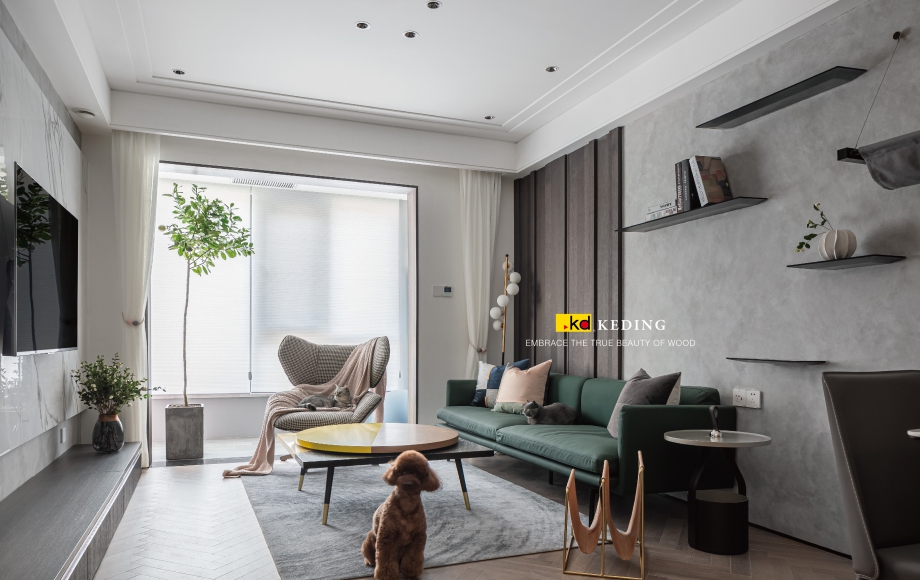
Image Source / ONE SPACE。Used Products / K6182QN
Contemporary Design
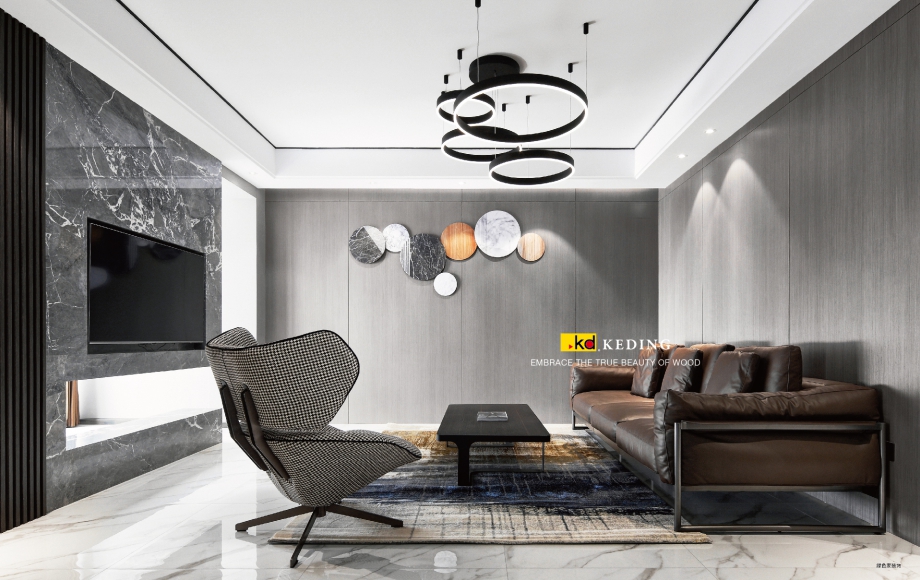
Image Source / Green Home Decoration。Used Products / K6358
Japanese-style Design
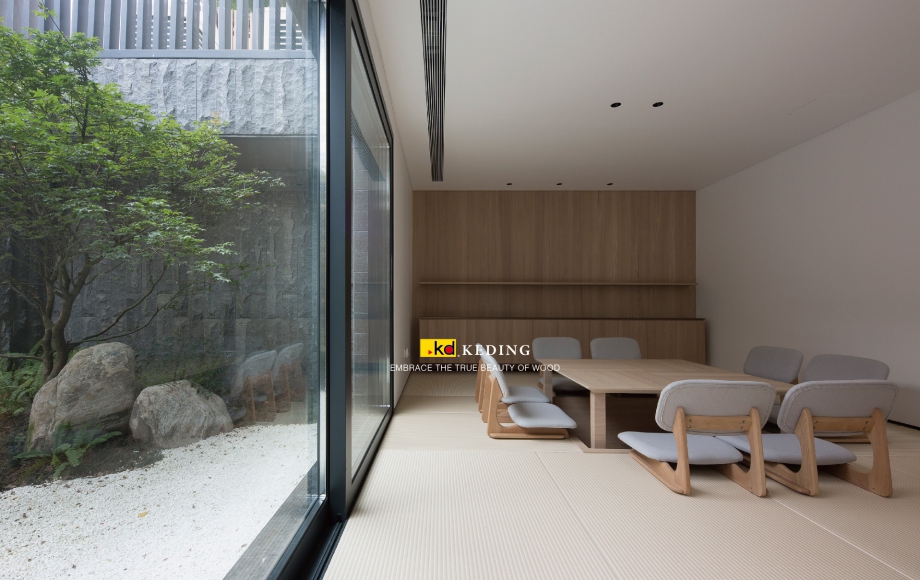
Image Source / Zhi He Design。Used Products / K6176AS
Confirm the needs of every member of the residence.
“Fulfilling needs” is the core concept of interior design, whether it is the personal needs of the residents, living habits, storage, lighting, ventilation, or the interior traffic flow. Since interior decoration covers the overall planning of the space, we recommend discussing the needs and brainstorming ideas with all members of the residence. For example, the desire of a gorgeous TV wall, the needs of a large storage cabinet or two bathrooms, or a plan of building a child’s playroom.
Set your interior design budget.
Generally speaking, the total budget for interior design can be estimated at 1/10 of the price of your residence. For instance, a budget of $50,000 can be set for a residence that costs $500,000. Moreover, the budget could be divided into 5 main sections. Design and construction could take up to 60% of the budget. Large furniture pieces for 15%. Home appliances and equipment for another 15%. Decorative accessories and other items for 5% each. Beginners who are not familiar with budget estimating could start with the formula mentioned above, and make modifications along the way based on your personal needs and circumstances.
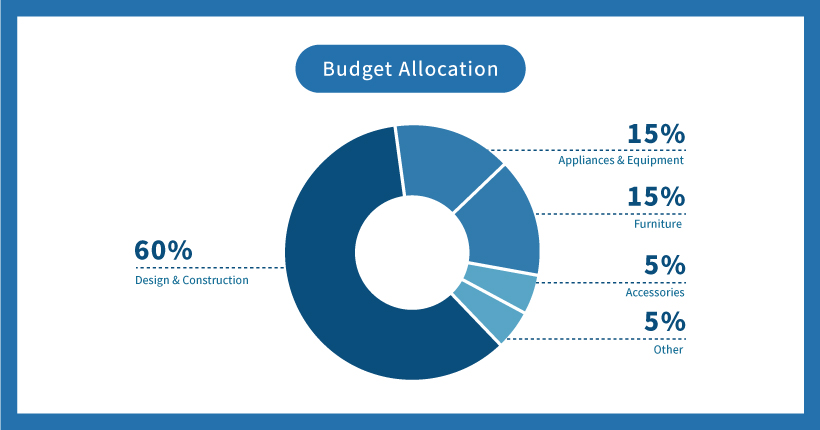
Thing No.2: Choosing between an interior designer or turnkey contractor.
Working with an interior designer.
Services provided by designers usually include design, outsourcing, overseeing, etc. In short, as long as the needs, style, and budget are confirmed, designers will handle most of the matters. The advantages of working with designers include the professional service they provide and the stylish aesthetics they can achieve. However, the overall cost could be relatively high.
Working with a turnkey contractor.
With a limited budget, working with a turnkey contractor would be a recommended choice. Turnkey contractors are like an integrator, who brings together the plumbers, electricians, and handymen. The appearance of the outcome tends to be more practical, which lacks personal style or creativity.
Interior designers v.s. Turnkey contractors
| Interior Designer | Turnkey Contractor | |
| Costs | Higher | Lower |
| Pros | Stylish | Practical |
Thing No.3: Thoroughly understand the process of interior design and construction.
Whether working with an interior designer or turnkey contractor, the more details you understand about the process, the better you know where your budget goes.
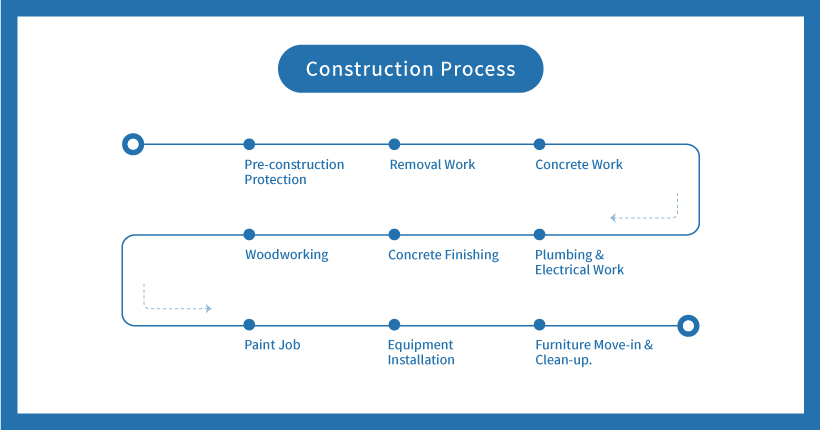
Construction
After designing and planning, the construction process can begin. The complete process includes pre-construction protection, removal work, concrete work, plumbing and electrical work, concrete finishing, woodworking, paint job, equipment installation, furniture move-in and clean-up.
Supervision
If you are working with an interior designer, it is recommended to pay an additional supervision fee. Therefore, the designer will be responsible for overseeing the construction process. Since interior designers are very familiar with the process and details of interior construction, they will be able to ensure the. If you choose to supervise the construction process yourself, the project progress, design drawings, building material dimensions, materials and colors, construction methods, contract, etc. are all key items to pay attention to.
Inspection
Not only make sure the plumbing and electrical equipment is working properly, but also check whether the doors and windows open and close smoothly. Make sure the paint is evenly painted, and the gaps of the wood flooring and ceilings are finished nicely. Remember not to miss any details.
Pro Tip: During inspection, we recommend taking photos of the unsatisfied areas before discussing with the designer and construction workers. The inspection process usually takes up to two or three days to make sure all areas are good to go.
Conclusion
Above are the three main stages of house interior design. Understanding the details of each stage thoroughly not only protects your rights but also gets you a better understanding of your own needs, which helps you build your unique residence step by step.


